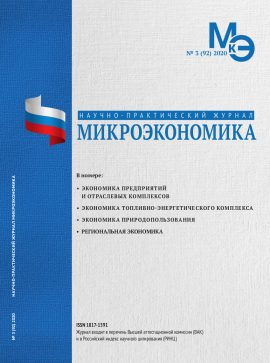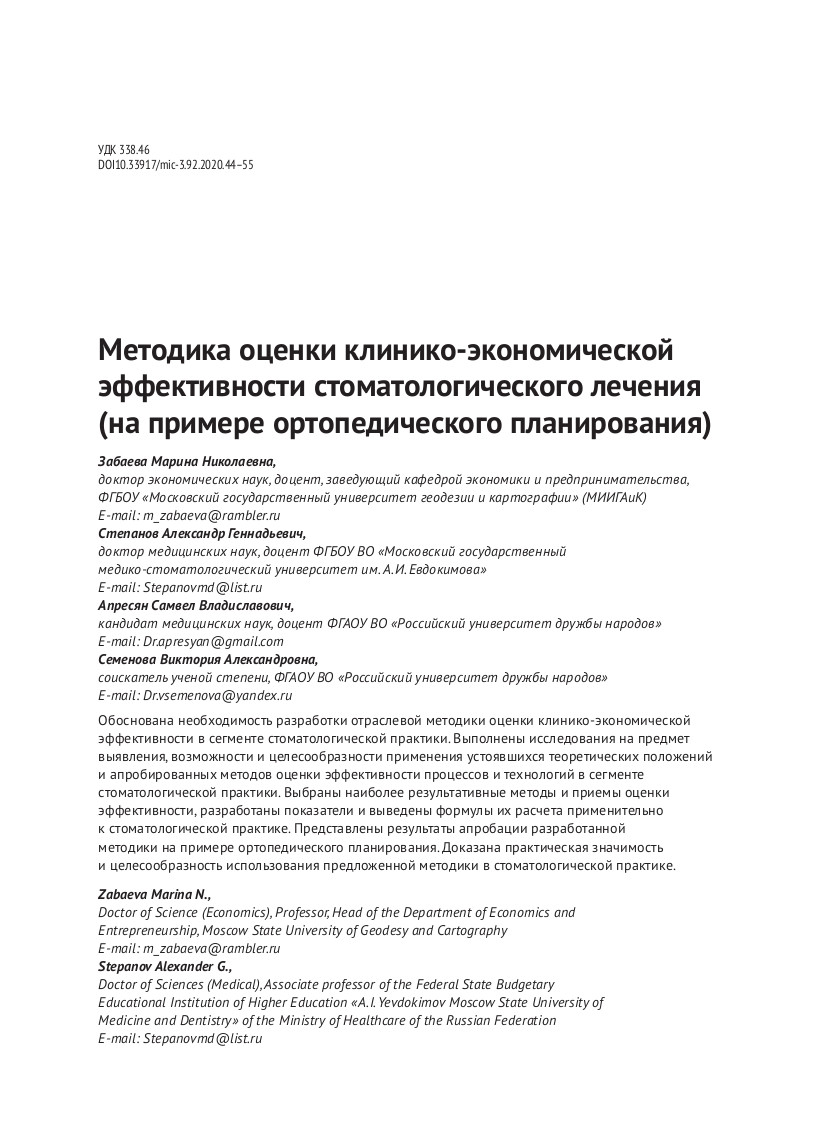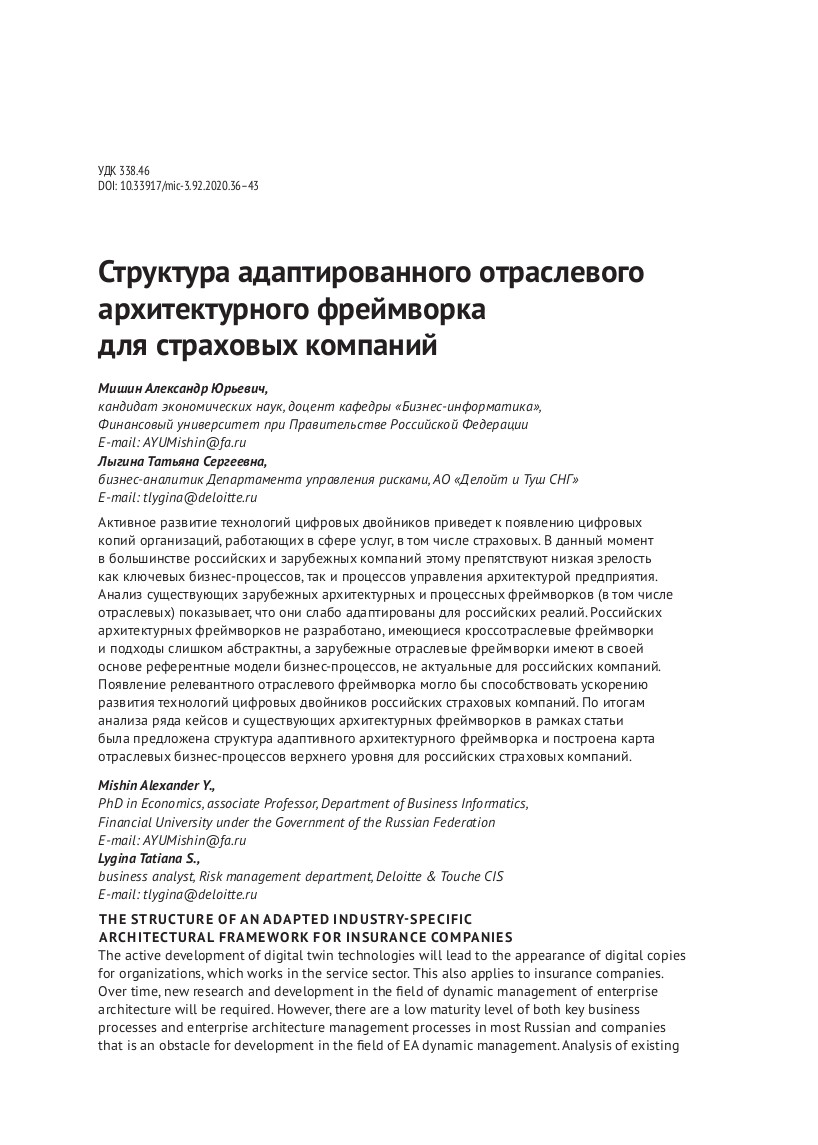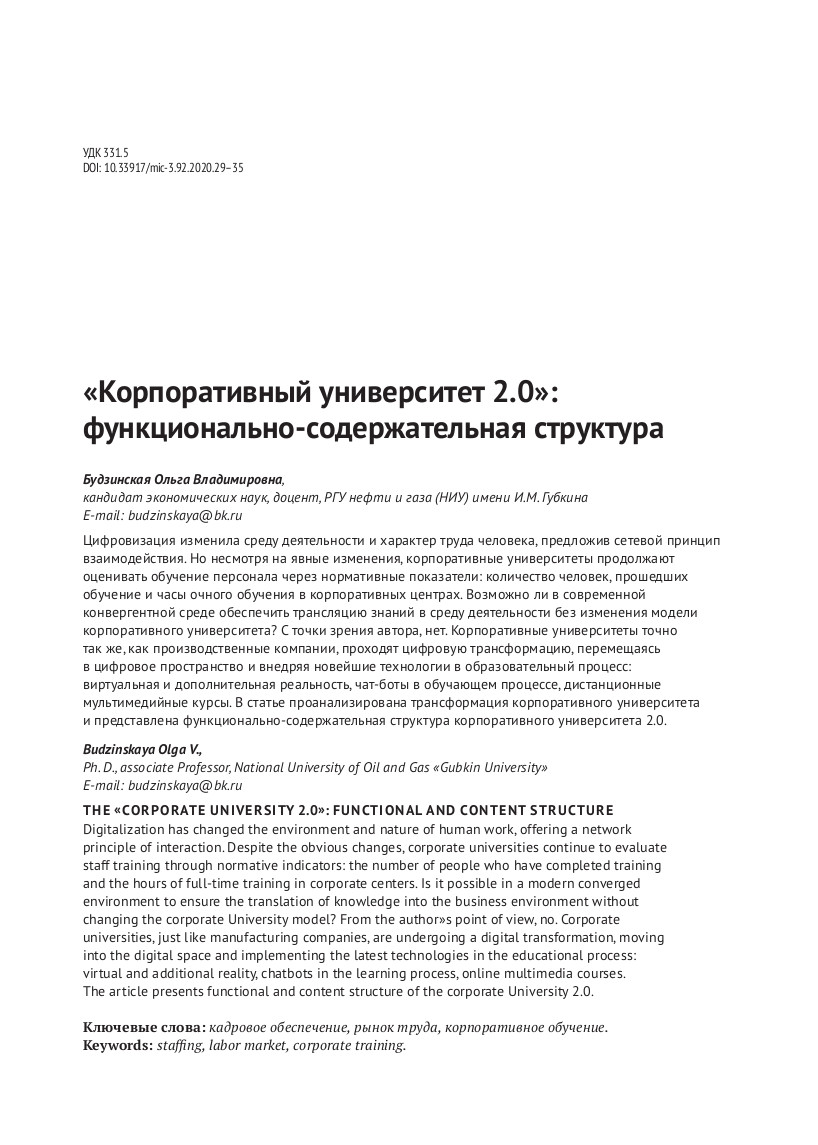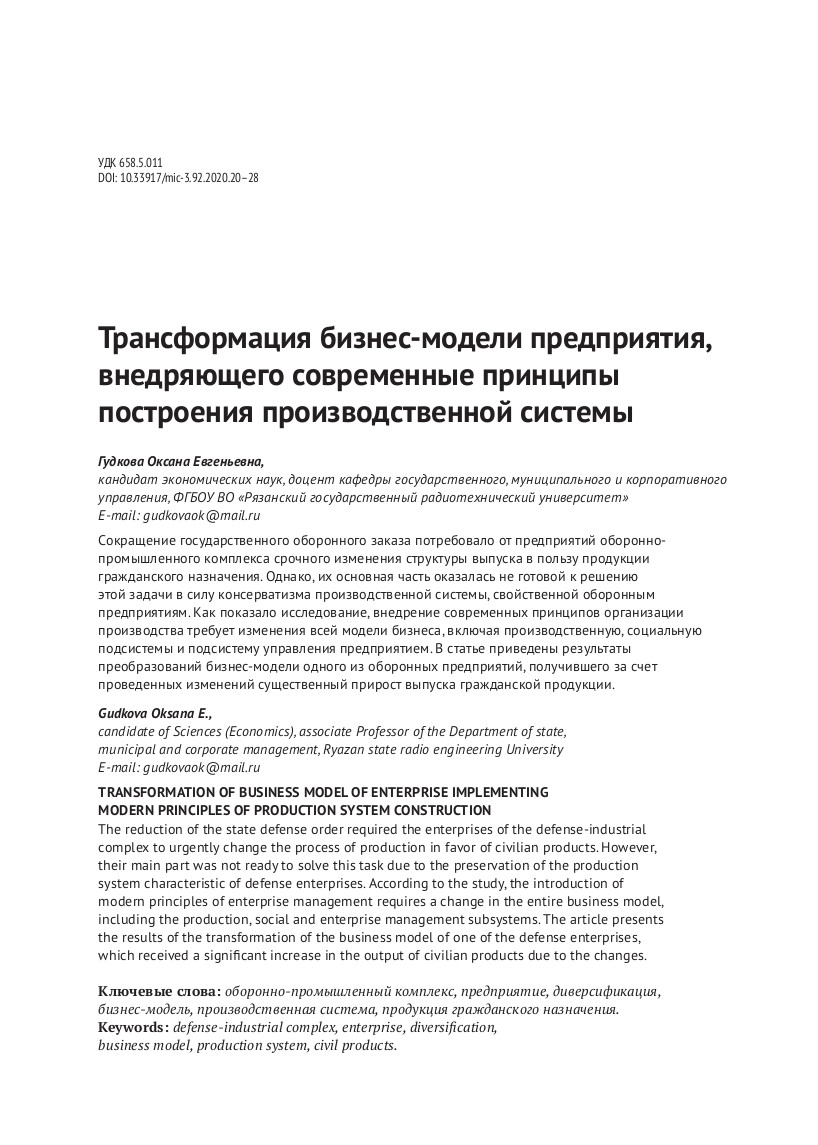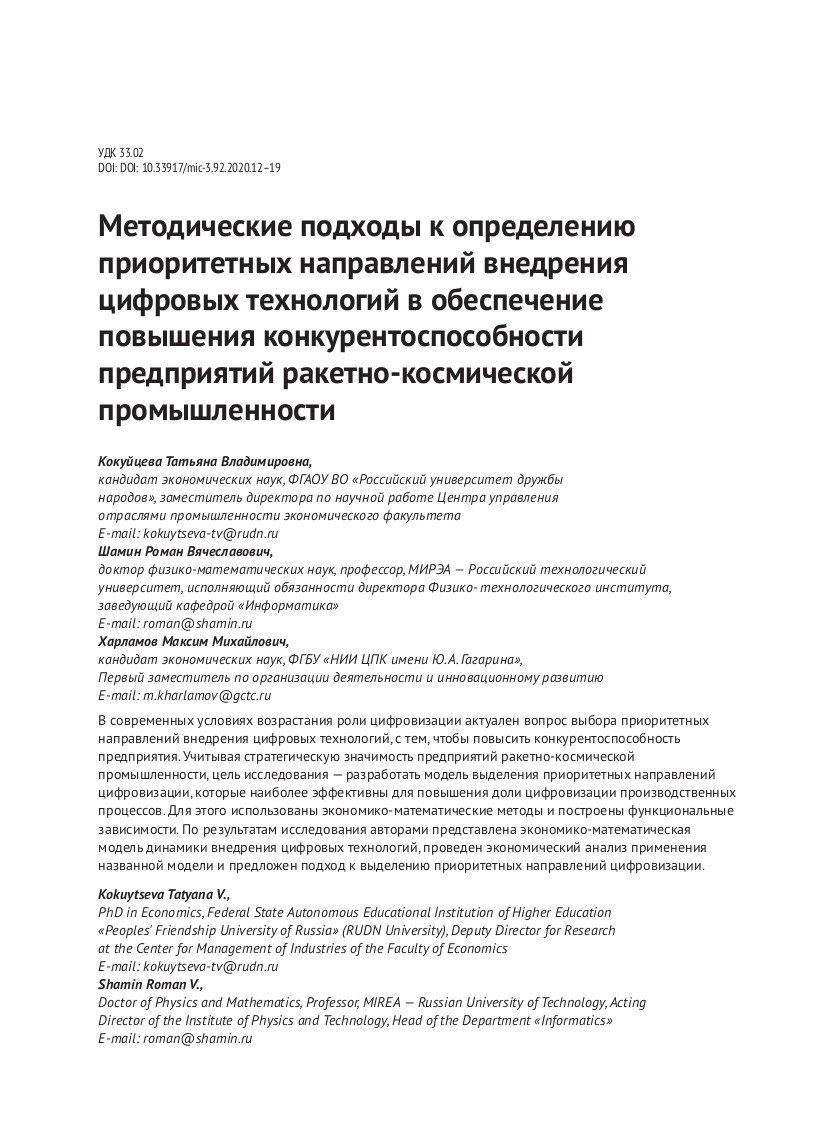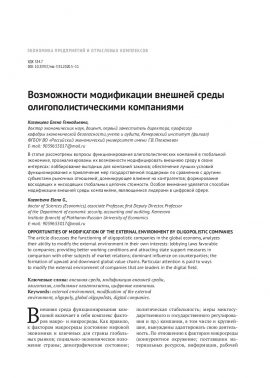Methodology for assessing clinical and economic efficiency dental treatment (on the example of orthopedic planning)
DOI: 10.33917/mic-3.92.2020.44-55
The development need an industry methodology for assessing clinical and economic efficiency in the segment of dental practice was reasonable.
Studies have been carried out to identify, the possibility and advisability of applying established theoretical principles and proven methods for assessing the effectiveness of processes and technologies in the dental practice segment.
The most effective methods and techniques for evaluating effectiveness were selected, indicators were developed, and formulas for calculating them in relation to dental practice were developed. The results of testing the developed method on the example of orthopedic planning was presented. The practical significance and feasibility of using the proposed methodology in dental practice was proved.


